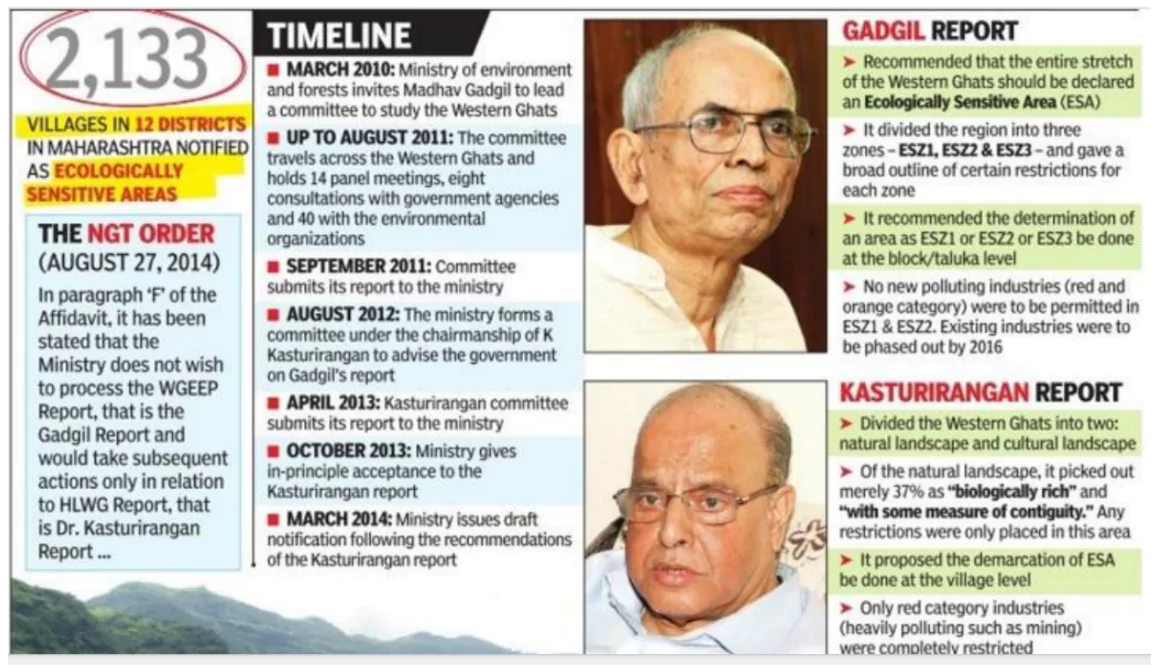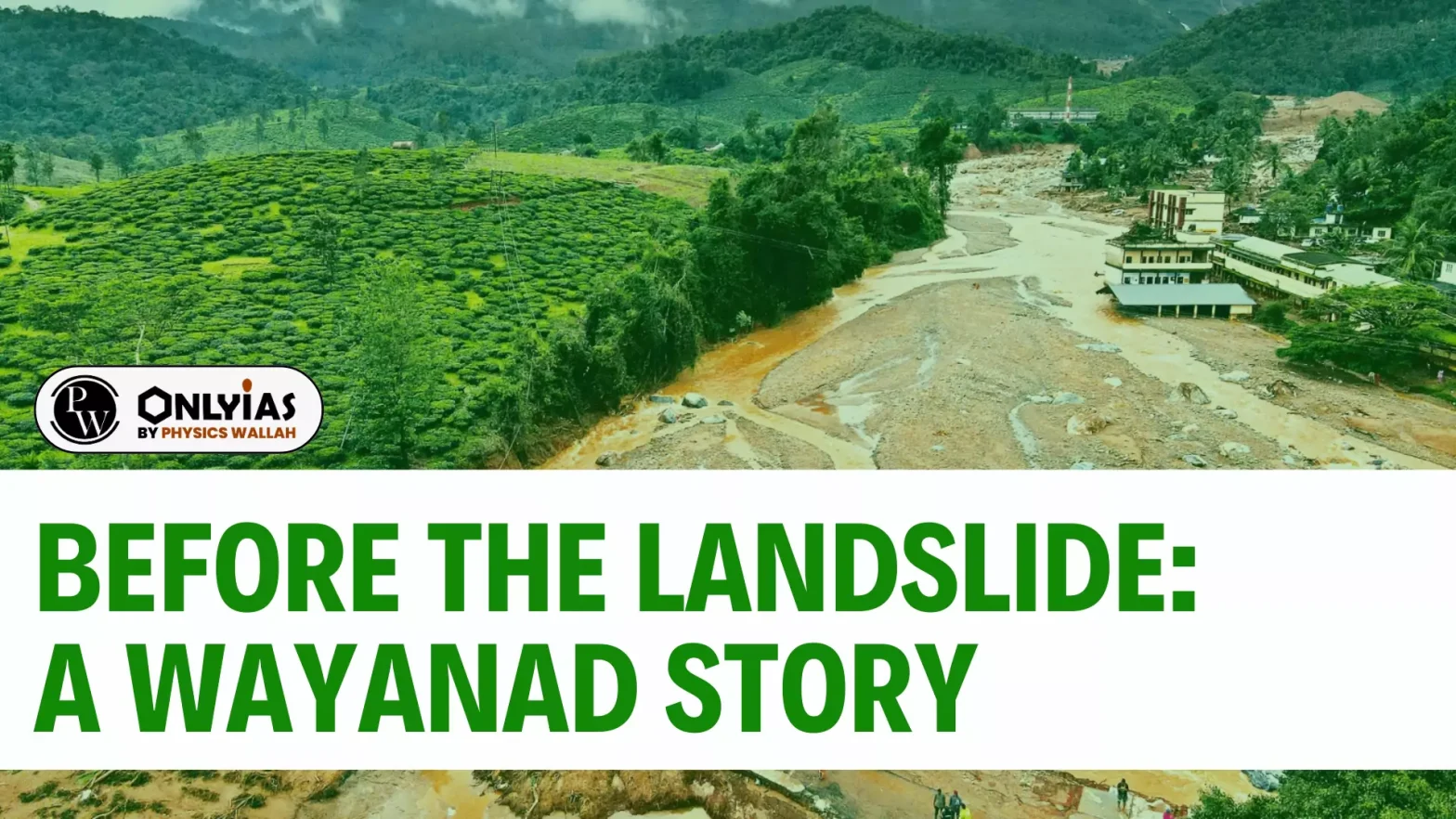Every year since 2018, many Keralites have gotten into the habit of moving their valuables upstairs when the rains get heavier.
A Wayanad Story
- Neighbourhoods remain in a constant state of preparedness and anxiety every monsoon season.
- On Tuesday morning, came another call, a familiar note of panic in the voice. The house was flooded again.
- Kerala is a state whose resilience has been tested time and time again.
- Monsoons are now welcomed with a great deal of caution and worry.
- Homes, livelihoods, and a feeling of peace and safety are lost every year.
- Since 2018, there have been five severe landslides — in Kozhikode, Palakkad, Wayanad and Malappuram districts — in which a total of 160 people have been reported dead.
- According to the central government data, Kerala faced the highest number of landslides between 2015 and 2022.
Enroll now for UPSC Online Classes
- Out of the 3,782 landslides reported in the country, 2,239 were reported from Kerala.
- The enormity of the 2024 landslides in Wayanad can be conveyed with this fact — two villages have been washed away entirely, Madikkai and Chooralmala.
- These were villages, home to roughly 1,000 people each, that buzzed with activity till Monday night.
- The rains have not abated and are impeding the rescue and relief activities.
- Kerala’s annual landslide problem has again put the spotlight on the reports of the Madhav Gadgil Committee (2011) and the K Kasturirangan-led High Level Working Group (2013), as well as the resistance to their recommendations.
- The areas of Wayanad that have been devastated by the landslide were among those that were recommended to be demarcated as Ecologically Sensitive Areas by the Gadgil Committee.
- These areas were, in turn, graded into three categories based on their environmental fragility.
- Several restrictions were proposed to be placed on construction and developmental activities, including a ban on mining, quarrying, polluting factories etc.

- According to the Gadgil Committee Report, in the Ecologically Sensitive Area-1, no forest land could be changed to non-forest land and agricultural land could not be changed to non-agricultural land.
- The report also highlighted the importance of involving local communities in any conservation effort and ensuring that their livelihoods are not adversely affected by these policies.
- It also recommended that tourism in the region be regulated to ensure that it remains environmentally sustainable and does not disrupt the region’s fragile ecological balance.
- The recommendation to prohibit change of land-use subsequently led to a group of farmers protesting in the hilly regions.
- Protests spearheaded by all sections of the political class erupted in 2013 in Kerala and other southern states against the perceived imposition of the report on the public, without stakeholder consultation.
- Even though there were claims that the protests were organised at the behest of the mining mafia, the threat of being evicted rang too close to home for the settler-farmers in the high ranges.
- Both the Gadgil and Kasturirangan Committee reports were also criticised by various sections as being too “environmentally forward” and not being people-centric enough.
- The public pressure forced the government at all levels from carrying out any of the measures they recommended.
- It is said that the only thing natural about a natural disaster is the event itself.
- In every phase, from the cause and the vulnerabilities to the preparedness and the response, many years of action and inaction determine the outcomes.
- In a way, some of the course of the disaster is predictable.
- In light of the heart-wrenching stories one is hearing from Wayanad today, it is perhaps time to not just rebuild, but build better.
- This includes not just rescuing people and communities from the present disaster, but also building safeguards against all such tragedies in the future.
- At the same time, Wayanad’s story tells us that environmental conservation cannot be a top-down endeavour.
- Adoption of conservation measures requires the support and participation of the people.
- This means that the policies must also strive to overcome the binary of environment versus development.
- In the coming years, we are likely to witness more and more extreme weather events, intensifying vulnerabilities in disaster-prone states like Kerala.
Check Out UPSC NCERT Textbooks From PW Store
Conclusion
Our people deserve the infrastructure, political will, and environmental policies that take into account their needs and livelihoods.
![]() 2 Aug 2024
2 Aug 2024


